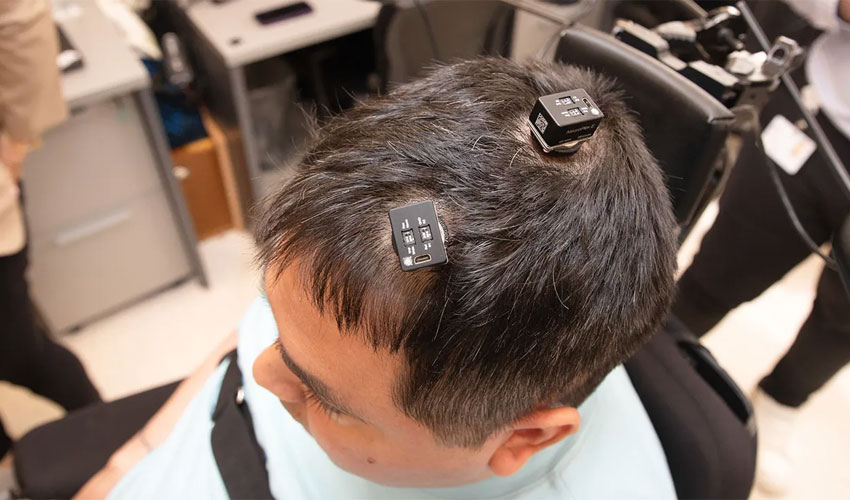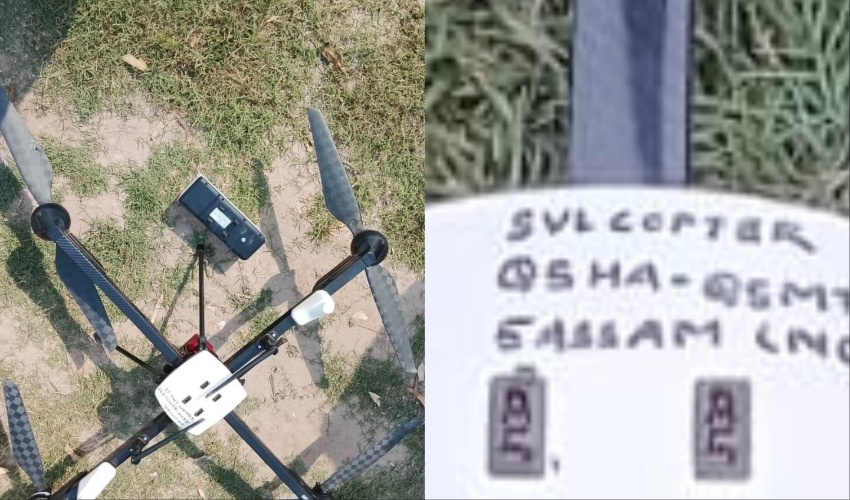Two groundbreaking studies have demonstrated the potential of brain implants equipped with artificial intelligence (AI) to enable paralyzed individuals to communicate with unprecedented speed and accuracy.
Both studies have been published in the journal Nature, shedding light on the remarkable progress in brain-computer interface (BCI) technology.
The two women involved in the studies had lost their ability to speak due to different circumstances—one had amyotrophic lateral sclerosis (ALS), a condition affecting motor neurons, while the other had experienced a brain stem stroke.
Despite their inability to enunciate clearly, they retained the ability to formulate words in their minds.
Volunteering for brain implants, these individuals achieved remarkable results in communication. The implanted devices, which utilize AI algorithms, decoded their intended speech at rates of 62 and 78 words per minute, respectively.
These rates significantly surpass previous records and approach the tempo of normal conversation.
Researchers believe that these achievements signify a step toward restoring real-time speech for paralyzed individuals using BCIs.
While the communication rates achieved are slower than the typical natural conversation in English (approximately 160 words per minute), the breakthrough brings the prospect of real-time speech restoration closer to reality.
BCIs work by collecting and analyzing brain signals and translating them into commands for external devices.
These systems have previously allowed paralyzed individuals to control robotic arms, play video games, and send emails using their thoughts.
Prior research by the two teams had shown the potential to translate intended speech into text on a screen, albeit with limitations in terms of speed, accuracy, and vocabulary.
In one of the studies conducted by Stanford University, researchers utilized the Utah array, a sensor with 64 needle-like electrodes, to collect neural activity associated with facial movements involved in speech.
An artificial neural network was trained to decode this activity and translate it into words displayed on a screen. The participant, who had ALS, achieved a communication rate of 62 words per minute, with a 23.8 per cent error rate for a vocabulary of 125,000 words.
The second study, conducted by the University of California, San Francisco (UCSF), employed an array with 253 electrodes placed on the brain's surface to capture neural data related to lip movements.
A deep-learning model was trained to decipher this data, allowing the participant, who had experienced a stroke, to communicate at a rate of 78 words per minute.
The error rate for a 50-phrase vocabulary was 4.9 per cent, with simulations estimating a 28 per cent word error rate for a vocabulary of over 39,000 words.
While both studies achieved remarkable results, they each present trade-offs. Implanted electrodes, such as those used by the Stanford team, provide detailed information but can be less stable due to their movement within the brain and the formation of scar tissue.
On the other hand, surface arrays, like the one employed by UCSF, record less detailed brain activity but offer stability and broader coverage.
The achievements of these studies are hailed as significant progress in BCI technology, offering hope for paralyzed individuals to regain the ability to communicate effectively and intuitively.
Researchers emphasize the potential for further advancements as technology continues to evolve in this field.



























